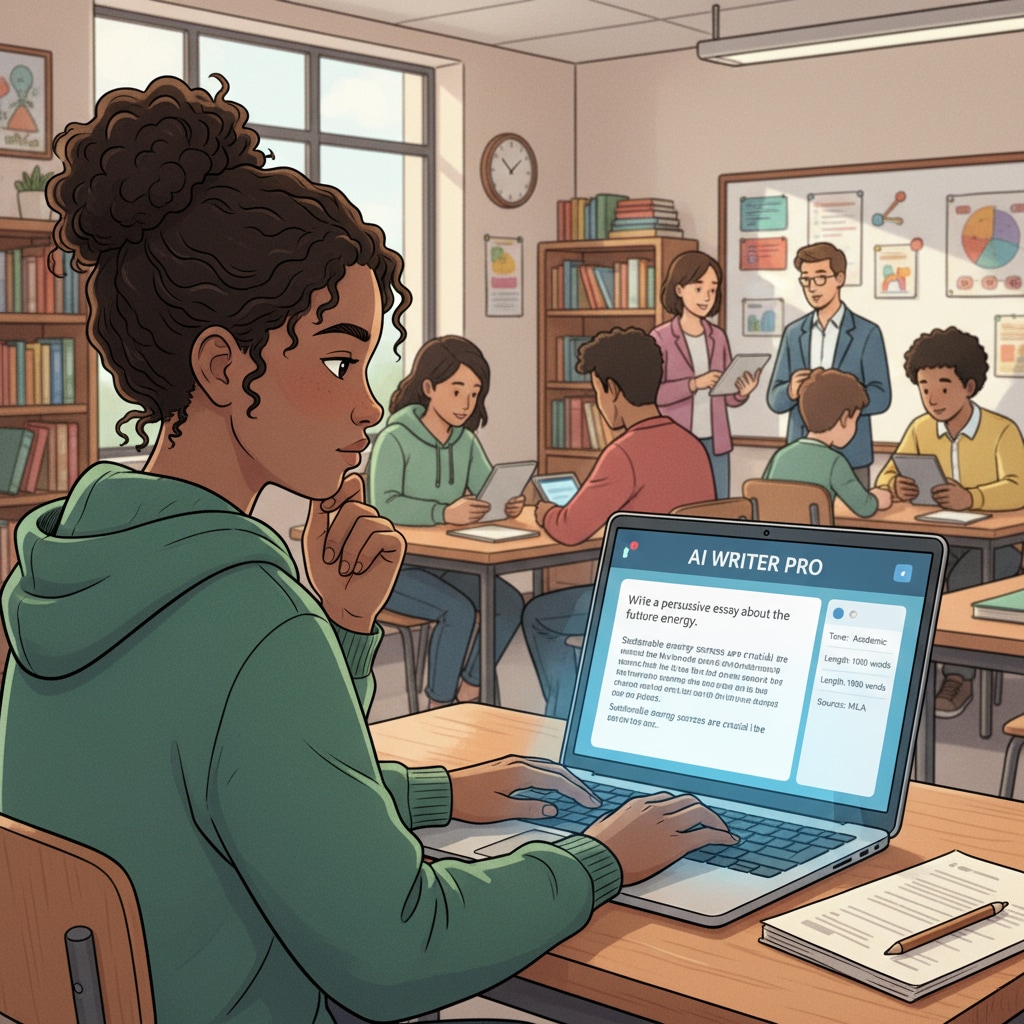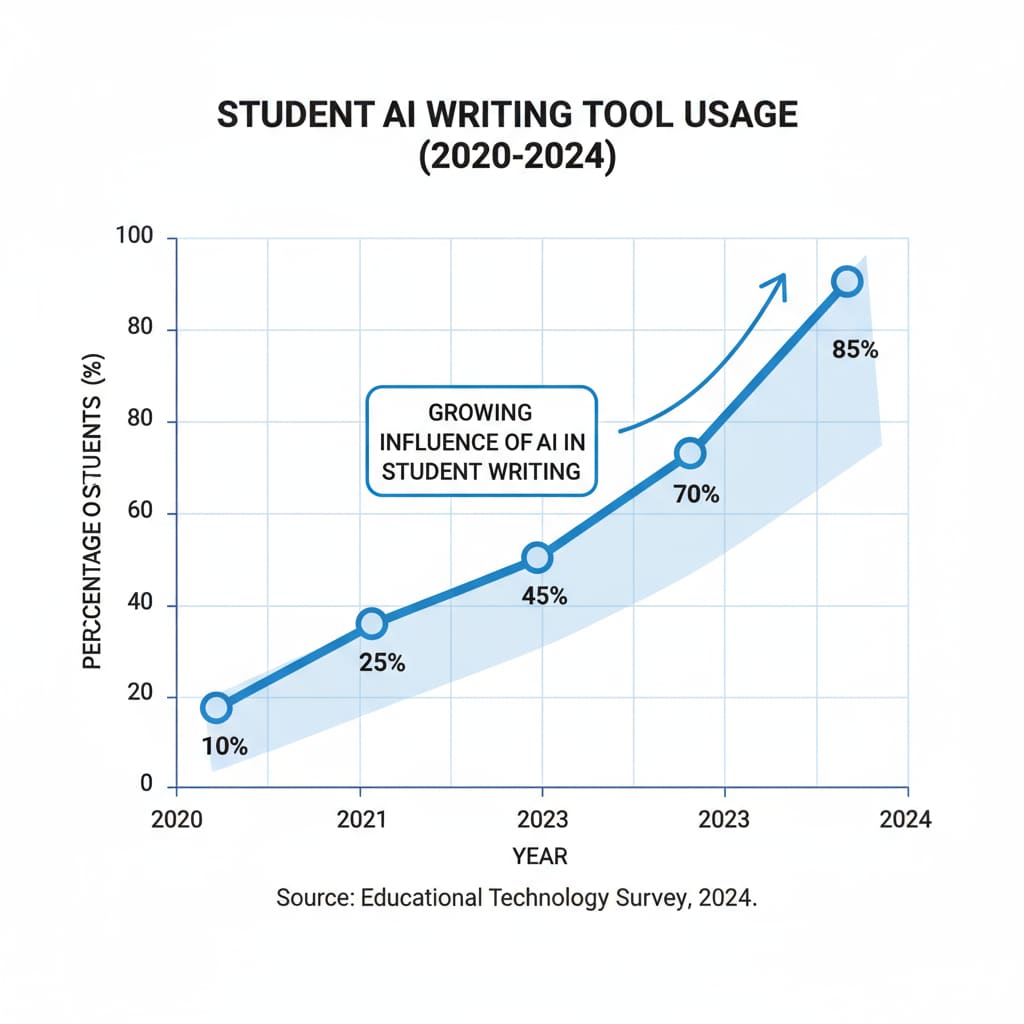Student assignment authenticity, writing instruction, and AI cheating have emerged as significant concerns in the modern educational landscape. As AI tools become increasingly accessible, teachers are facing unprecedented challenges in determining the genuineness of students’ written work. In an 11th-grade English class, a notable discrepancy has been observed between students’ in-class performance and the quality of their homework, raising suspicions of AI-assisted writing. This issue not only undermines the integrity of the educational system but also poses a threat to the development of students’ true writing skills.

The Rise of AI in Student Writing
The proliferation of AI writing tools has revolutionized the way students approach writing tasks. These tools can generate well-structured essays, reports, and even creative pieces with remarkable speed and accuracy. For example, platforms like ChatGPT can analyze prompts, conduct research, and produce written content that often surpasses the quality expected of high school students. As a result, it has become increasingly difficult for teachers to distinguish between work produced independently by students and that generated with the help of AI. According to Artificial intelligence in education on Wikipedia, the integration of AI in education has both positive and negative implications, with the issue of academic integrity being a major concern.

The Impact on Writing Instruction
AI-assisted writing has a profound impact on writing instruction. Traditional teaching methods, which focus on guiding students through the writing process, from brainstorming to revision, are being challenged. Teachers now need to find new ways to teach writing that not only help students develop their skills but also prevent them from relying on AI tools. In addition, the assessment of students’ writing has become more complex. Teachers must now consider not only the quality of the content but also the authenticity of the work. As stated in Education on Britannica, the changing nature of education requires educators to adapt their teaching and assessment strategies to ensure the effectiveness of learning.
To address these challenges, educators need to rethink their approach to writing instruction. This may involve incorporating more in-class writing activities, where students are required to produce work under supervised conditions. Additionally, teachers can provide more personalized feedback and guidance to help students improve their writing skills. By focusing on the process rather than just the final product, educators can encourage students to develop their unique voices and writing styles.
Readability guidance: In this section, we have used short paragraphs to present the key points. The lists help to organize the information clearly. We have also incorporated transition words like ‘for example’ and ‘in addition’ to enhance the flow of the text. The use of external links provides additional resources for further exploration.


